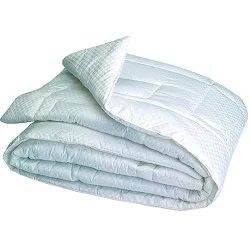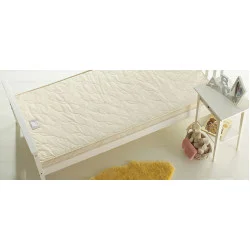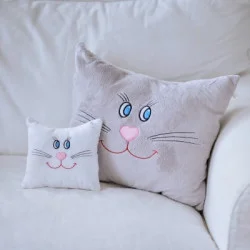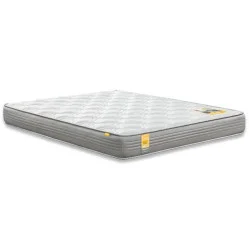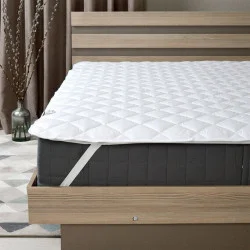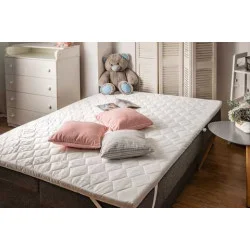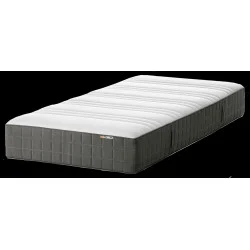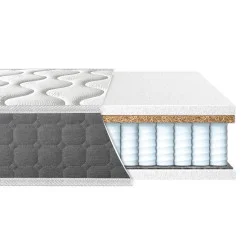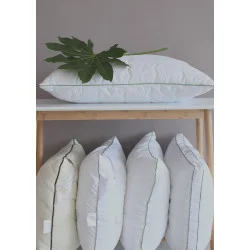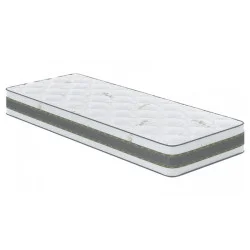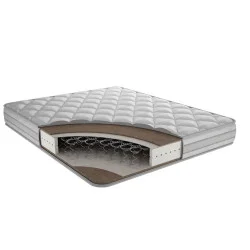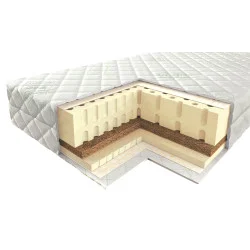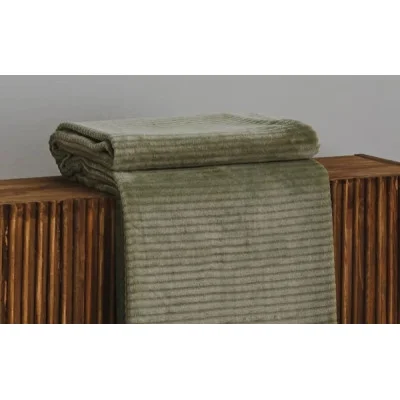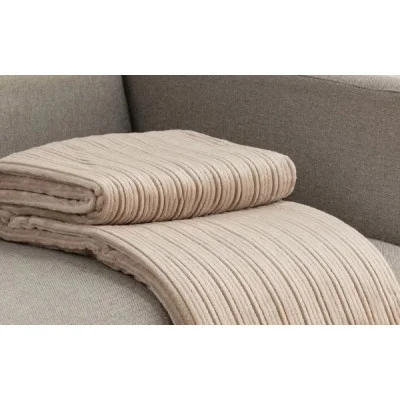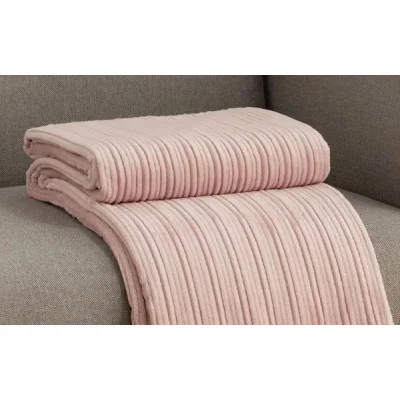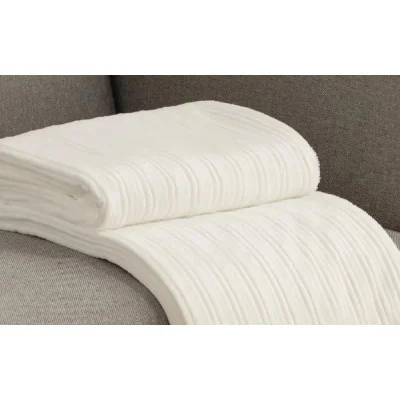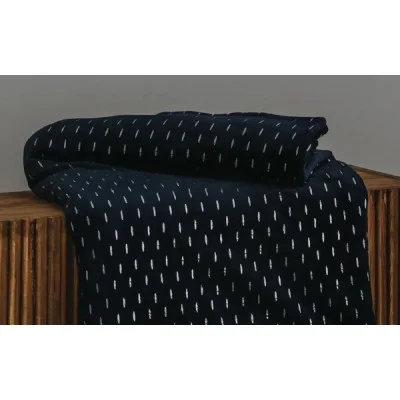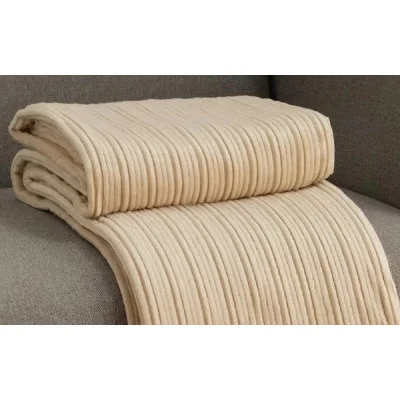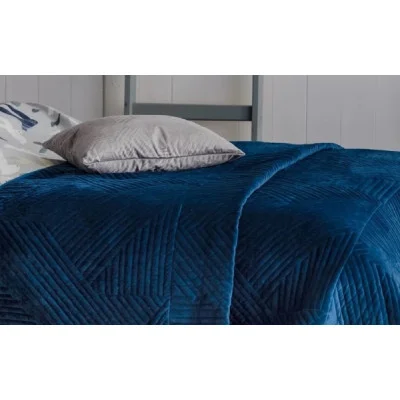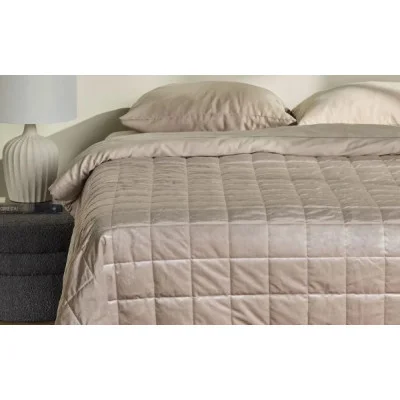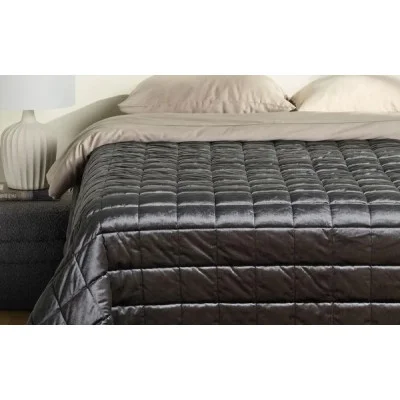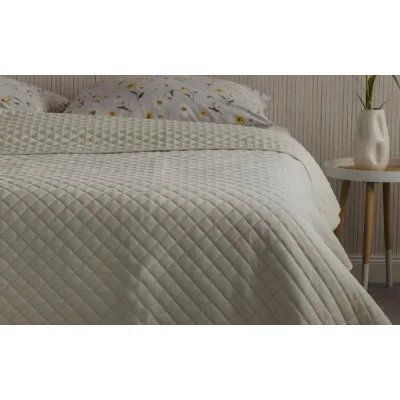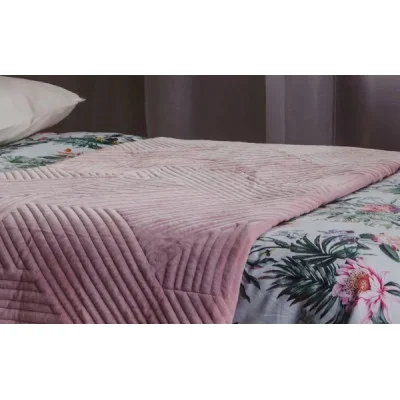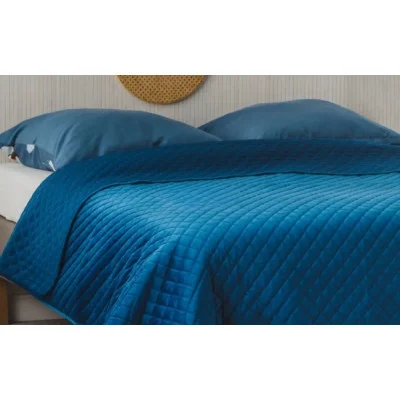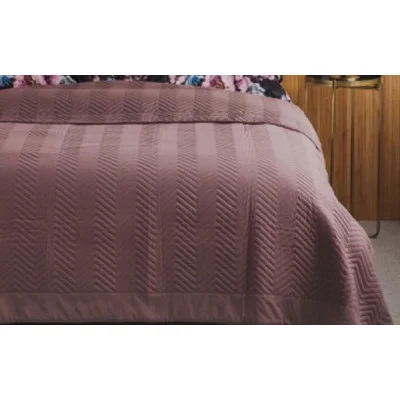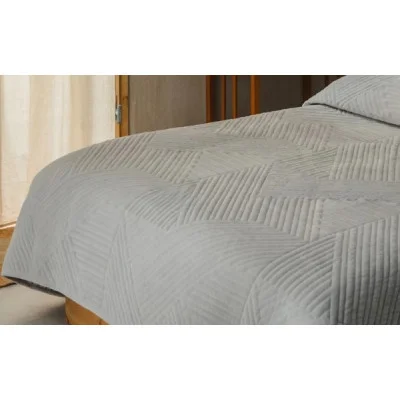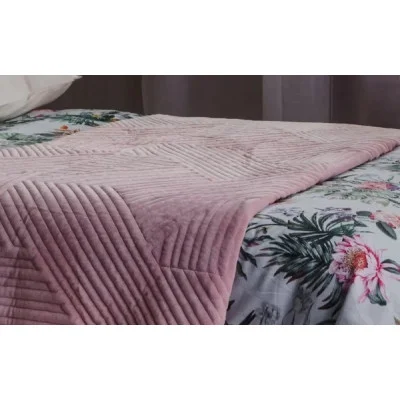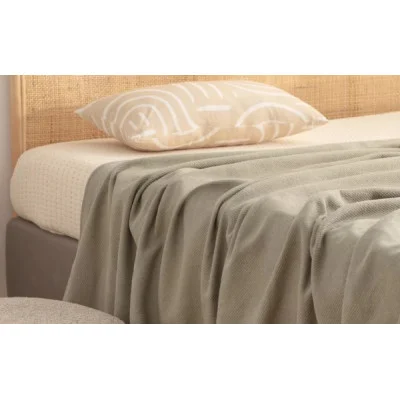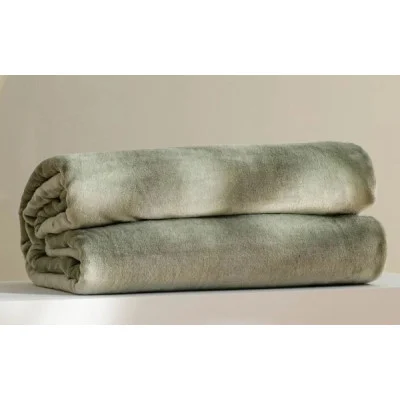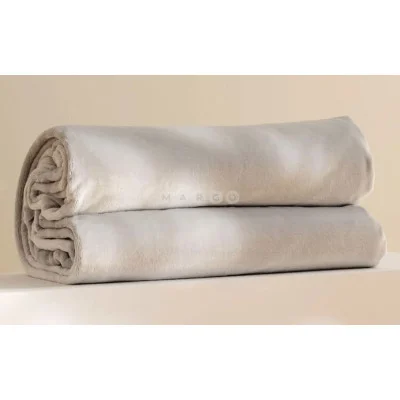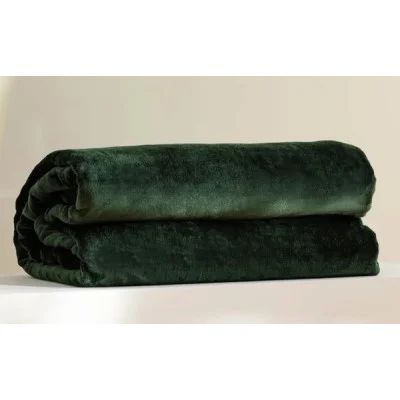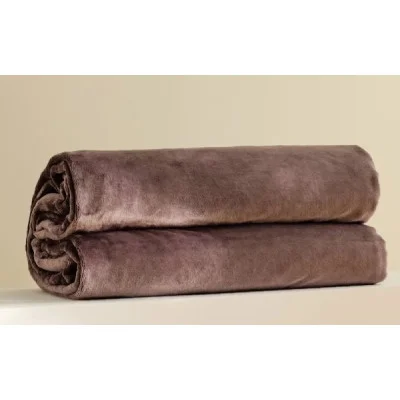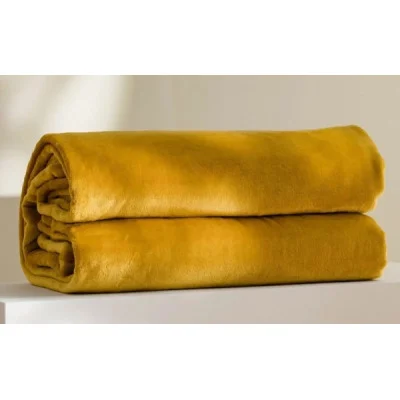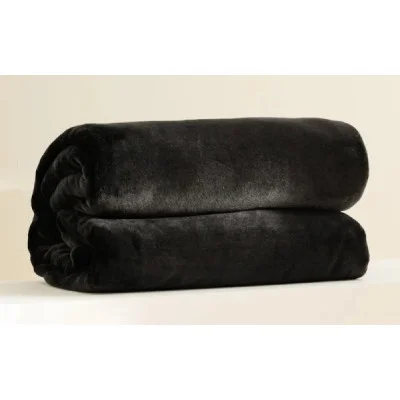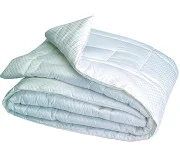
After an eventful day, you go to bed in the evening tired and looking forward to a restful sleep. To do this, pull the blanket over your shoulders and enjoy its warmth. Here you can find out what types of blankets there are, which option suits your personal feeling of warmth, and how to properly care for your blanket so that it serves you for a long time.
-
Main internal values
In addition to a comfortable mattress, the basic equipment of a comfortable place to sleep includes duvets. Whether it's a single or double duvet, the material of the cover and the type of filling determine how warm the duvet will retain and how loosely and easily it will lie on you. Blankets made from synthetic fibers are easy to care for and durable, while natural fillings such as down, feathers or wool are particularly breathable and durable.
For a restful sleep without sweaty or cold feet, you should choose a duvet that is specifically tailored to your individual preferences and needs. Depending on the season and your personal temperature preferences, you may feel more comfortable under a particularly thick duvet on cold winter nights, but on hot summer evenings you may prefer an airy blanket that weighs next to nothing and also has a cooling effect.
-
What exactly to choose?
Down feathers, microfiber or do you prefer camel hair? If you are having trouble making a decision when choosing duvets, you can simply take a look at the following review. Here you will learn about the most popular models and the advantages of individual filling materials.
-
Duvets
Duvets keep you warm and weigh almost nothing. Between the thin branches of the small fluffy feathers, a lot of air is captured, which retains heat and insulates it well from the outside. To keep duvets soft and comfortable without the pricking needles, the fluffy filling is securely packaged in a tightly woven cotton cover.
Tip: Goose down is a particularly exclusive fill as it is larger and fluffier than duck down and therefore retains heat even better.
-
Featherbeds
Featherbeds are an inexpensive alternative to down comforters. Blankets are filled with slightly coarser cover feathers from ducks and geese, which do not conduct body heat as well as down, but have more volume. Down and feather blends are also popular for thick winter blankets.
-
Cotton blankets
Cotton blankets are durable, particularly hard-wearing and easy to care for. You can usually wash blankets with cotton filling yourself and even put them in the dryer without any problems. Because they absorb only a small amount of heat and are still breathable, blankets made from this natural plant material are ideal for summer.
Tip: When purchasing a cotton duvet, look for the organic seal, which certifies that the cotton was “controlled organically grown” without the use of insecticides.
-
Conclusion
Summer, winter or transition - with a duvet tailored to your body size and your personal temperature sensitivity, you can count on a good night's sleep and a relaxed start to the day. Blankets filled with natural materials such as wool, down, feathers and animal hair are especially breathable, lightweight and durable, while synthetic fillings such as microfiber are generally inexpensive, easy to care for and durable. The thermal effect of natural and synthetic fibers is very similar. With down feathers you can create a warm, cozy bed in winter. Silk is a noble, especially lightweight material that cools the skin in the warm season and does not cause sweat!


